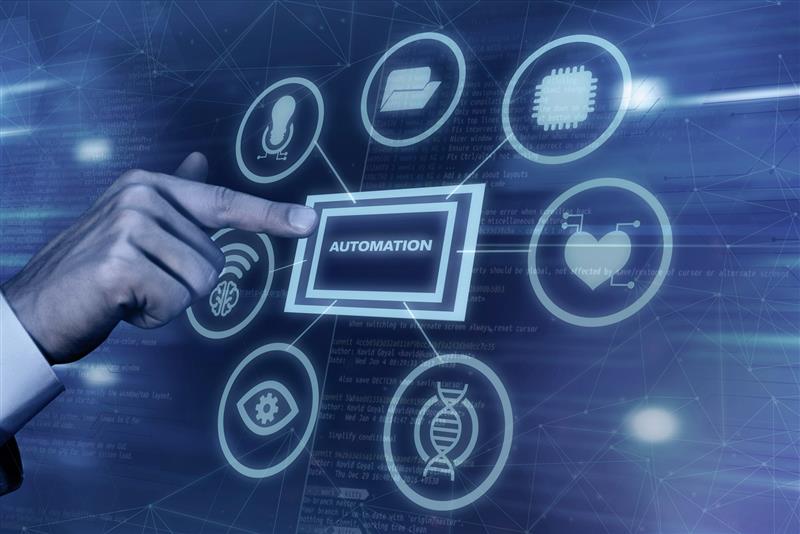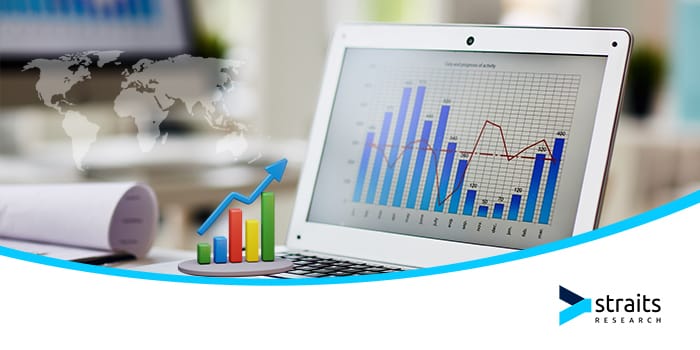Outdated logistics systems may have served businesses well in the past—but in today’s fast-paced, hyper-connected supply chain environment, legacy software is more of a liability than an asset. Slow interfaces, data silos, lack of scalability, and maintenance headaches are common pain points that reduce operational efficiency and hinder innovation.
Modernizing legacy logistics software isn’t just an IT upgrade—it’s a strategic move that unlocks real-time visibility, reduces costs, improves decision-making, and enhances customer satisfaction. Whether you’re managing warehousing, freight, distribution, or last-mile delivery, the transition from legacy to smart logistics can define the future competitiveness of your business.
This article explores the critical reasons to modernize outdated systems and outlines the business benefits of upgrading logistics software for a smarter, faster, and more connected supply chain.
Why Legacy Logistics Systems Hold Businesses Back
Legacy software systems were built for static supply chains—not today’s dynamic, multi-node networks. While these older systems often form the backbone of many logistics operations, they introduce challenges that restrict growth and adaptability.
- Lack of real-time visibility causes delayed responses to route changes, disruptions, or delays.
- Integrating legacy platforms with modern tools (IoT, AI, or cloud) is either difficult or impossible.
- Manual processes tied to outdated UIs increase data entry errors and consume staff time.
- Scalability issues arise when trying to expand into new geographies or add digital channels.
- Data silos across warehousing, dispatch, and billing reduce cross-functional efficiency.
- High maintenance costs and vendor dependency strain the IT budget and reduce flexibility.
When logistics systems can’t keep pace with market demands, businesses risk losing customers, reducing profit margins, and missing out on growth opportunities.
Benefits of Moving to Modern Logistics Software
Replacing or upgrading legacy logistics systems with smart, cloud-based platforms introduces a wide array of operational and strategic benefits. This move is no longer a luxury—it’s a necessity for long-term sustainability and agility.
- Enables real-time inventory tracking, live dispatch updates, and fleet visibility.
- Automates manual workflows—cutting labor costs and improving accuracy across operations.
- Offers seamless integration with ERP, CRM, eCommerce, and third-party logistics partners.
- Improves customer experience through better tracking, faster deliveries, and proactive updates.
- Supports scalability by adding new features, users, or warehouse locations with ease.
- Reduces system downtime with reliable cloud infrastructure and regular updates.
This modernization effort doesn’t just “replace the old”—it empowers logistics companies to adopt a data-first, insight-driven approach to managing their operations.
Key Components of a Modern Logistics Tech Stack
Transitioning from legacy systems means more than just a new interface. It’s about building a robust, future-ready tech ecosystem that aligns with your business objectives.
- Cloud infrastructure that allows centralized access, scalability, and remote operations.
- IoT-enabled sensors for vehicle tracking, cargo condition monitoring, and route analysis.
- AI-driven forecasting for demand planning, labor scheduling, and warehouse optimization.
- Mobile apps for drivers, warehouse teams, and supervisors to access updates in real time.
- Integrated analytics dashboards that visualize performance metrics and KPIs.
- Secure APIs for easy connection with external partners, marketplaces, and shipping services.
With the right stack, logistics organizations can unlock cost efficiency and performance at scale—without needing to constantly rebuild systems from scratch.
Business Impact: Cost Reduction and Operational Gains
Modernizing logistics systems results in tangible business value across departments—from finance and operations to sales and customer support.
- Reduces IT overhead by eliminating legacy maintenance contracts and patching needs.
- Streamlines order processing and shipment planning with automated workflows.
- Improves route efficiency to cut down fuel consumption and idle time.
- Prevents stockouts and overstocking with real-time inventory tracking.
- Minimizes human error by replacing spreadsheets and paper-based checklists.
- Enhances coordination between sales, support, and logistics through unified platforms.
Cost control isn’t about cutting corners—it’s about working smarter. New-age logistics software makes it easier for teams to do more with less.
Strategic Advantages and Long-Term ROI
Beyond the immediate improvements in operations and cost savings, modern logistics platforms offer strategic advantages that position businesses for long-term success.
- Accelerates time-to-market with faster order fulfillment and route optimization.
- Facilitates data-driven decision-making by turning operational data into actionable insights.
- Builds resilience through better forecasting, risk mitigation, and automated alerts.
- Enhances partner collaboration via shared portals and live tracking access.
- Attracts and retains talent with intuitive, modern software that supports employee productivity.
- Future-proofs logistics infrastructure for AI, automation, and predictive analytics integration.
The true ROI lies in agility—your ability to pivot, scale, and innovate without being bogged down by outdated systems.
Preparing for the Modernization Journey
Legacy system modernization requires thoughtful planning and the right technology partner. Businesses must balance continuity with transformation to ensure minimal disruption and maximum return.
- Conduct a system audit to identify gaps, bottlenecks, and high-risk legacy components.
- Prioritize modernization goals—real-time tracking, mobile apps, integrations, or automation.
- Choose between full rebuilds, modular upgrades, or API-based integration layers.
- Ensure data migration and security compliance are handled by experienced vendors.
- Train staff early to build internal champions who support the change initiative.
- Partner with firms that specialize in both logistics domain knowledge and software expertise.
A phased approach often yields better results—modernizing critical modules first while maintaining essential legacy functionality until full transition is achieved.
Conclusion: Modernization Is No Longer Optional
The logistics industry is no longer powered by clipboards and spreadsheets. Companies that continue relying on legacy systems risk falling behind in efficiency, cost control, and customer satisfaction.
By investing in modern logistics software development, businesses can unlock new efficiencies, connect their supply chain, and make operations more resilient to change. Whether you’re aiming to optimize last-mile delivery, reduce stock handling times, or gain predictive insights—modernization is the foundation.
The business case is clear: modernization is not just about replacing the old—it’s about building smarter, scalable, and future-proof logistics infrastructure that drives growth.
FAQs
What is logistics software modernization?
It refers to upgrading or replacing outdated legacy systems used in logistics operations with modern, integrated, and scalable software solutions that support real-time data, automation, and cloud access.
Why should logistics companies modernize legacy software?
Legacy systems limit visibility, flexibility, and integration. Modernizing these systems enhances efficiency, reduces costs, and enables faster, smarter decision-making.
What’s the difference between custom and off-the-shelf logistics software?
Custom software is tailored to a company’s unique workflow and goals, while off-the-shelf software provides general functionality that may not meet every business need.
Can legacy systems be modernized without full replacement?
Yes, businesses can use a modular or hybrid approach, adding APIs or middleware to connect legacy systems with modern tools.
How long does logistics software modernization typically take?
The timeline varies based on complexity, but most projects span 3–12 months depending on scope, data migration, and integration needs.
What technologies are used in modern logistics systems?
Key technologies include cloud computing, IoT, AI/ML, mobile apps, APIs, and analytics dashboards.



